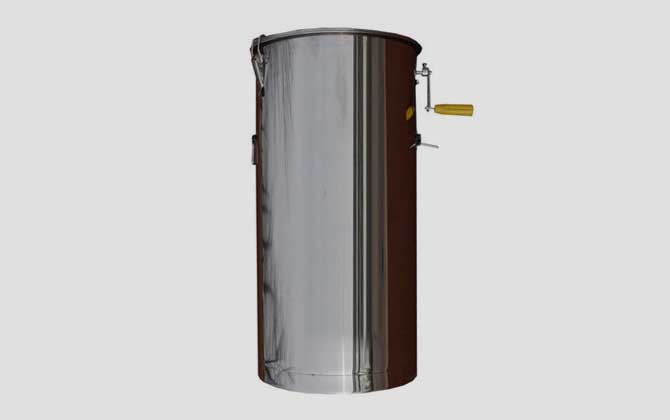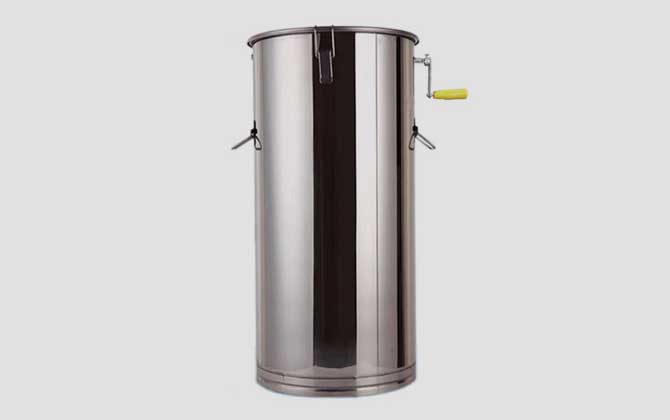What is a Honey Extractor?
The honey extractor is a specialized tool in beekeeping designed to separate honey from honeycombs. Recognized as one of the “Three Major Apicultural Inventions” alongside movable-frame hives and comb foundation machines, modern extractors significantly improve honey harvesting efficiency while preserving honey quality. This equipment has become indispensable in commercial apiaries worldwide.

Definition and Key Features
A honey extractor operates through centrifugal force to remove honey from uncapped frames without destroying the wax structure. Modern models primarily use food-grade plastic or stainless steel, though some beekeepers create DIY wooden versions for small-scale operations. Key characteristics include:
- Non-destructive honey extraction
- Reusable comb frames
- Adaptable to different frame sizes

Working Principle
The extraction process relies on precise centrifugal force physics:
- Frames rotate at controlled speeds (typically 200-300 RPM)
- Honey droplets experience centrifugal acceleration (Fc = mω²r)
- Centrifugal force exceeds comb adhesion forces (5-10 N/m²)
- Honey separates radially into collection tanks
Modern models feature variable speed controls to accommodate different honey viscosity levels.

Types of Honey Extractors
Beekeepers can choose from various configurations:
By Power Source
- Manual Extractors: Cost-effective for small apiaries (1-20 hives)
- Electric Extractors: Essential for commercial operations (50+ hives)
By Capacity
- 2-Frame: Most common for hobbyists
- 4-8 Frame: Semi-professional use
- 20+ Frame: Industrial-scale operations
By Construction Material
- Stainless Steel: Durable & hygienic
- Food-Grade Plastic: Lightweight & corrosion-resistant
- Galvanized Steel: Budget option (requires regular maintenance)
By Frame Orientation
- Tangential: Requires frame flipping
- Radial: Automatic dual-side extraction
- Autoreverse: Computer-controlled rotation

Step-by-Step Operation Guide
- Preparation
- Disassemble and sanitize all components
- Inspect gaskets and bearings
- Ensure proper drainage alignment
- Frame Loading
- Uncap cells using heated knives (45-50°C)
- Balance frame weights symmetrically
- Secure frame baskets properly
- Extraction Process
- Start rotation at low speed (≤100 RPM)
- Gradually increase to operational speed
- Monitor honey flow through inspection windows
- Honey Collection
- Filter through 200-400 micron screens
- Maintain 18-27°C for optimal viscosity
- Use food-grade storage containers
Proper maintenance includes regular lubrication of moving parts and pH-neutral cleaning after each use. Most commercial extractors can process 100-150 kg/hour with 95-98% extraction efficiency when operated correctly.